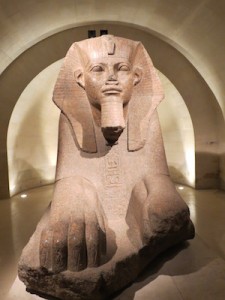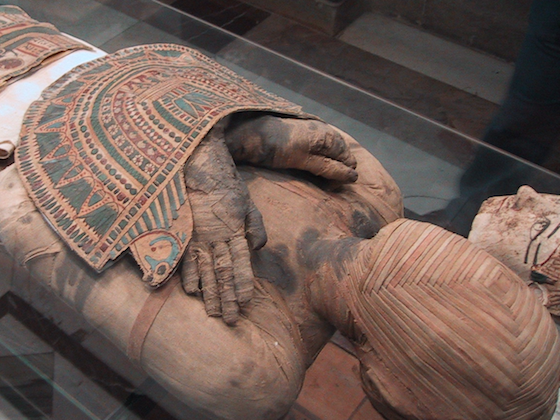Virtual Field Trips Spice Up Learning
 by Barbara R. Blackburn
by Barbara R. Blackburn
Virtual field trips are a great way to excite your students and incorporate technology into instruction. In today’s budget-conscious and time-stressed schools, this is particularly helpful.
Imagine the activities you can integrate into your classroom with, for example, a virtual tour of one of the Smithsonian Institution’s many museums, galleries or past exhibitions.
However, it’s important to remember that the field trip itself should not be the end result. Any tour should be linked to your standards, and the activities should result in increased learning related to your objectives.
In the sample below, a visit to The Louvre was linked to a study of Egyptian history in grade 6. With adaptations of the assignments, it could easily be used in an art class.
The Louvre Visit – Student Assignment
Today we are going to take an exciting trip to Paris, France! Your ticket is www.louvre.fr/en and your vehicle is your computer, tablet, or phone. Please read the instructions carefully so your trip is not wasted. I want you to have fun and learn something new in the process. We will have a round-table discussion on our magnificent trip on Friday. Have fun and I can’t wait to hear about your adventure!
As your tour guide, I suggest you learn some information about the Louvre Museum before you begin your tour. Start at the Collection and Louvre Palace link at the top of the homepage. Read the information about the history of the Louvre. Pretend you are in Paris and you are calling home to talk to someone you love. Tell them about the Louvre’s history in 3–5 sentences. Include why the museum was established and how it has been important to France.
- Now you are ready to take your tour. Using the same link go to Online Tours. Choose the following tour: Egyptian Antiquities. Walk around in several areas as you spend 10 minutes learning how to navigate through the museum floor. You can scroll through the rooms, then click on objects to see them and get more information. (Go to the help menu for ways to navigate the tour.)
- Choose one sculpture or art object from your tour. Analyze how it reflects the culture of Egypt.
- Interpret the artwork. Describe what you think the artist is trying to say through the work of art. Expound on the feeling conveyed by the artwork. Describe what the artwork means to you, and why. Explain what you feel is the artist’s intended purpose for creating that particular work of art. Your narrative should be approximately one page.
Note: For more help with #4, visit How to Critique Artwork at wikiHow (my suggestions are based on this). For another account of the Louvre’s history (which may be more student-friendly), see this article at the History Channel.
Ideas for Other Content Areas
In math, students can plan an actual trip to the Louvre, look up the flight and other travel details, and calculate the cost. In Social Studies, students can discuss the history of Egypt and the symbolism of the historical time period. In Language Arts, discuss how the authors and poets of Egypt impacted the culture of the time and consider teaching about critiques and writing an analysis.
Finding Other Places to Visit
The one resource you need for a virtual field trip is a place to visit. Every day, there are new places added to the internet. Start by googling a topic or place of interest. Add virtual tour to your search terms, and it will streamline your search. Here’s a few to get you started.

► The Particle Adventure (Force and Motion)
► Ocean Planet (A Smithsonian Exhibit)
► Your Tour Guide Is a Kitty! (National Geographic crittercams projects)
► 50 Washington DC Virtual Tours (Scholastica Travel)
► National Women’s History Museum Online Exhibits (Including Girls Changing History)
► Teacher’s Ultimate Destination for Virtual Field Trips (Comprehensive list)
► Other Virtual Museum Tours (Education World)
Virtual tours are an engaging way to teach your standards. Especially at the end of the year, they can add life and energy to your sluggish students.
Image credit: “Mummy Louvre” by Zubro. Licensed under CC BY-SA 3.0 via Wikimedia Commons.
[Editor’s note: For ideas on enriching learning during actual field trips, see the MiddleWeb article, How to Use Field Trips to Expand Academic Learning by Amanda Wall.]
































Will share this with my university pre-service students since they are making virtual field trips as a lesson planning assignment. They create virtual museum tours via the emaze site which has a “gallery” template and that way they can showcase art from any location pertinent to their specific lesson plan criteria. Thanks for sharing this!